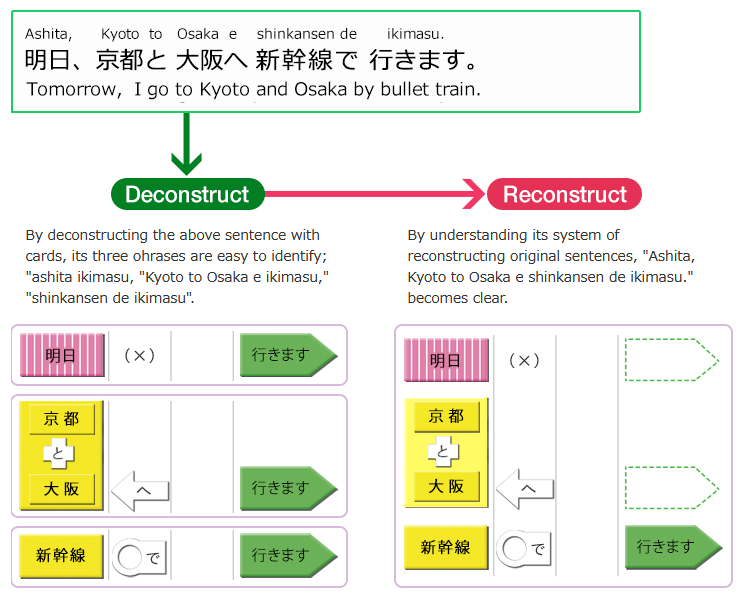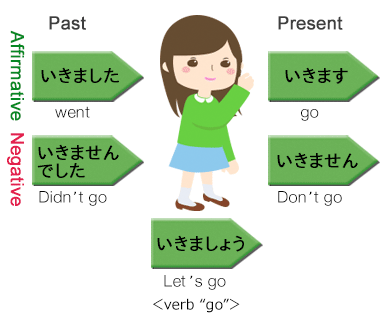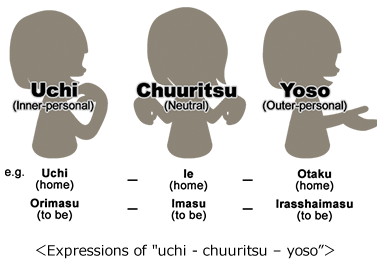
Comprehend Japanese with grammar cards
In the Ezoe method, each word is represented by a card of unique color and shape, corresponding to its part of speech. Its design allows learners to understand Japanese grammar without long complex explanations, and thereby easily comprehensive with little explanation. Let's illustrate the following long complex-looking sentence with the Ezoe method!
"The Ezoe Method," a unique Japanese learning method
The Ezoe method is a Japanese learning method which has been developed through 40-year devotion since Shinjuku Japanese Institute (Shinjuku-ku, Tokyo, Principal: Takahide Ezoe) was founded in 1975. Its excellent teaching is well recognized as an efficient learning method and used not only for foreign learners in Japanese language schools as an efficient learning method, but also used for education of Japanese as a national language within some Japanese schools and schools for the deaf.

As seen above, learners can easily comprehend Japanese language structure and grammar by using the original cards like color blocks.

Study conjugation in a structured manner!
Ezoe method does not force learners to memorize the conjugations of verbs, adjectives and so on. Those are systematically learned with teachers’ gestures implying the concept of tense, for example, putting the hand frontwards for the present, behind for the past.


Learn complicated honorifics with gestures
One of the characteristics of the Japanese language, using a proper level of word depending on the relationship between speakers, is learned based on the concept “uchi - chuuritsu - yoso” (inner-personal – neutral – outer-personal). By making those 3 classes, uchi-cyuritu-yoso, into one system, learners can easily understand those complicated honorific or humble expressions.

※The Ezoe method is an original method developed by principle Ezoe, based on a long onsite teaching experience to help people learn Japanese easily. Please note that original grammatical terminologies are used.